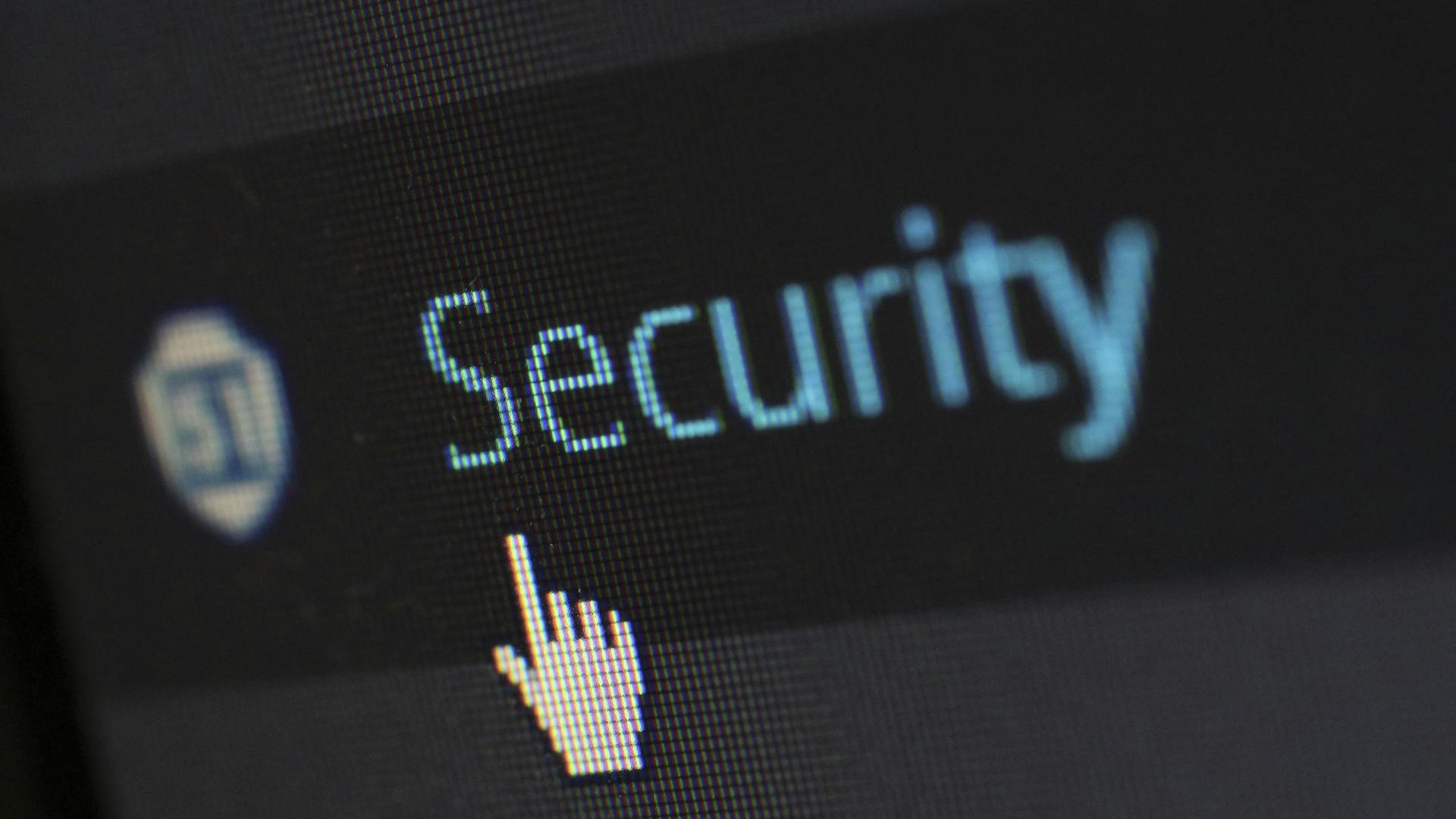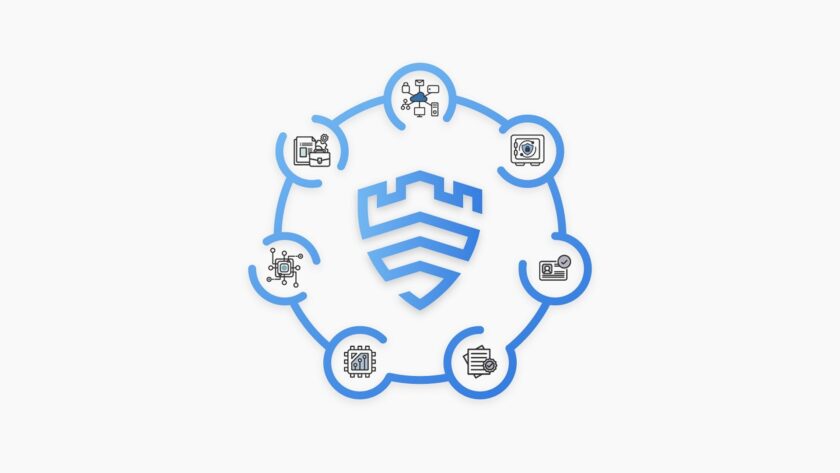Las Vegas | Most visual solution providers, except Samsung (Knox), do not offer integrated IT security platforms for digital signage screens. At Infocomm however, LG introduced Shield, a five-stage IT security concept designed to make LG screens much more secure starting from WebOS 6.0.

Infocomm 24: Digital Signage – But Secure
IT security has long been neglected in the digital signage industry. Integrators relied on a perceived sense of security within the digital signage technology silo. But digital signage has freed itself from the silos and is now a fully networked part of the IT infrastructure. IT security has become a necessity.
Samsung was previously the only display provider to offer a dedicated end-2-end IT security platform for digital signage. The Samsung Knox mobile platform, adapted for digital signage, has been expanded to include IoT sensors connected via Smart Things Pro.
Since 2023, Samsung’s Knox Matrix not only protects its own hardware but also ensures that devices connected within the Trusted Network monitor each other. If one device is compromised, Knox Matrix isolates it to protect the ecosystem. The three key functions of Knox Matrix are:
- Trust Chain: Enables devices to monitor each other for threats.
- Sync: Secures user information when data is moved between devices.
- Cross Platform SDK: Allows devices on different operating systems and platforms (including Android, Tizen, and Windows) to connect to Knox Matrix with uniform security standards.

LG presents security platform
LG already presented its own security platform LG Shield at ISE. At Infocomm in Las Vegas, LG showed a few more details. The platform, called LG Shield, is available at launch for all devices with WebOS 6.0 or higher.
LG relies on a cybersecurity system with five levels of protection, including connected service, application, operating system, system and hardware. Especially for digital signage solutions – since those installed in public spaces are exposed to particular threats – LG Shield Zone Protection is intended to protect against a range of cyber threats such as hacking, malware and ransomware.
According to LG, the five-layer security system protects the server, application, operating system, kernel and hardware. Similar to Knox, Shield has real-time monitoring with an Intrusion Detection & Prevention System (IDPS) and a Security Threat Monitoring System. LG Shield has undergone a global Common Criteria evaluation and received the EAL 2 and ISO/IEC DIS 18974 certifications.
Of course, LG Shield does not yet offer the range of functions as Samsung Knox, which has been installed on 50 million devices for over 10 years. It remains to be seen how quickly LG will follow suit with new functions. As far as we understand, backward compatibility is not possible for devices with WebOS older than 6.0.
invidis opinion
Samsung Knox, LG Shield and Google ChromeOS on external Chromeboxes are putting other hardware ecosystems under pressure. Brightsign, with its dedicated digital signage OS, sees itself well-positioned and now also offers SoC solutions. Microsoft, Intel and 3rd party suppliers are able to deliver a similar security level on external player and slot-in PCs – but SoC have been so far a challenge.
End-2-end cybersecurity solutions are becoming increasingly relevant, just like certified cybersecurity software. End customers are looking for the best platform for them as well as the most secure one. An average cyberattack costs companies over 4 million euros and cybersecurity insurance companies are putting a lot of pressure on the entire company’s IT to operate as securely as possible. Digital signage is no exception.
- ISE 2026: “Spark” Launches as a New Showcase for the Creative Industries
- M-Cube: “Digital Signage Touches Hearts and Moves Wallets”
- Over 700 Stores: Stratacache Rolls Out Retail Media Network for Iceland Foods
- Germany: DooH Market Surges Over 25% in 2025
- Year in Review 2025/2026: Pontus Meijer | Visual Art

